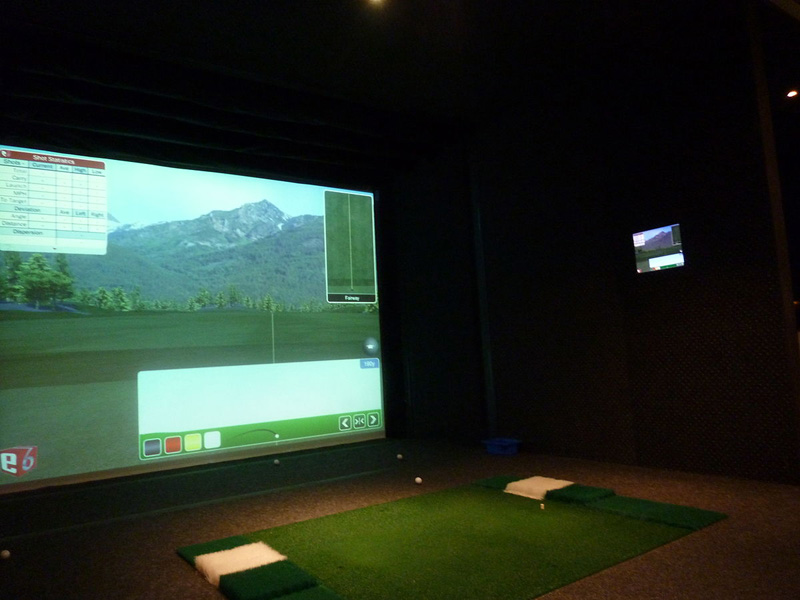If you’re a golfer who would love to improve without having to trek out to the course or the driving range, there is another option that is becoming i
If you’re a golfer who would love to improve without having to trek out to the course or the driving range, there is another option that is becoming increasingly popular. It was once the case that home golf simulators were something that only the super-rich could realistically have – but as technology has improved these machines have become much more affordable. Sound like something you might be interested in? Here’s what you need to know about golf simulators.
What kind of simulator do you want?
The first question you’ll need to answer is: what kind of simulator is right for your needs? Modern golf simulation can take a huge array of forms, from simple artificial putting greens that allow you to practice puts, to full size simulators like a Sky Trak & Home Golf Simulator Enclosure that attempts to perfectly recreate the experience of being on a golf course. For the rest of this article we will work on the basis that you are looking for a full size golf simulator that uses a projector screen and an enclosure.
How do they work?
Home golf simulators try to make the experience as similar as possible to being on a golf course. You’ll stand in front of a projector screen on a platform called a swing pad. The screen will display a realistic image of a golf course – like a video game. While on the swing pad you will tee off, literally hitting the ball at the projector just as you would if you were on the golf course.
The projector screen has sensors that are connected to a computer and these sensors detect and calculate how your shot would react on a course, taking into account everything from the angle, distance, spin and power. This is achieved through motion sensing devices as well as light sensors and radar.

How much space do you need?
Space is definitely a relevant issue with golf simulators and it’s simply not possible for the technology to work properly if you don’t have enough room to work with. Generally speaking, the more space you have, the easier it will be for you. You’ll need a room or space at least 8 feet high, although in an ideal world you would want more. You’ll also need a width of at least 9 feet and a minimum depth of 13 feet. Remember that you are going to be using a golf club in the same way that you would on the golf course – make sure that you can swing the club comfortably in the space. You also need to be at least 8 feet away from the screen to tee off.
How much do they cost?
Home golf simulators are available across a wide range of budgets. Some basic simulators can be bought for less than £1,000 while full size state-of-the-art simulators could be purchased for around £7,000. It all depends on your specific needs and requirements. On the other hand 2016 Olympic gold medallist golfer Justin Rose, reportedly has a home golf simulator that cost £30,000 – this really shows that there is no upper price limit.
What are the benefits?
There are plenty of good reasons to invest in a golf simulator. Firstly, you can play whatever the weather – there’s no need to worry that you’ll get to the course and it will be rained off. The fact that the simulator is in your home means that it is accessible at any time and you can practice whenever you get a spare half an hour.
It’s also true that many golf simulator systems can provide you with advice and suggestions for how to improve your game. And finally, these sorts of systems are within the privacy of your own home which gives you the freedom to experiment with your technique and strategy to help you get more out of your game.




















































































































COMMENTS